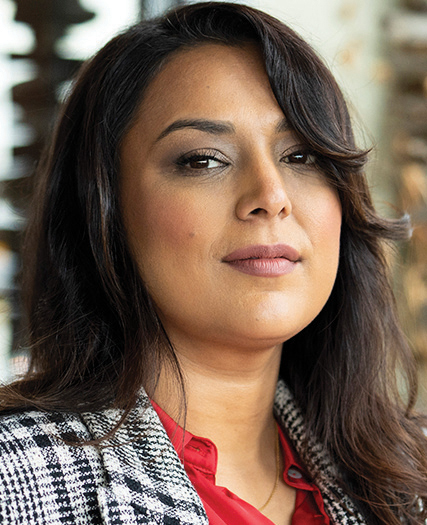What lies within us
 |
| Dr Ramneek Dosanjh |
“What lies behind us and what lies before us are small matters compared to what lies within us.”
Often attributed to Ralph Waldo Emerson, these words do not serve to diminish history, ignore what we endure, or dismiss the challenges of the future; rather, they are a reminder that what we are capable of—what humanity is capable of—is powerful beyond measure.
There is heightened awareness of the human condition in the air today. A palpable shift. A recognition of the world reflecting and becoming more conscious of its purpose and presence.
Unequivocally, humanity overcomes the greatest challenges with remarkable resilience and endurance. Our journey, irrespective of how arduous it may be at times, is a powerful feat. Cultivating resilience and patience is not without cost or pain to the human spirit, yet within the embrace of this learning we are reminded again who we truly are. We will no longer hide our pain; rather, we accept it as the flames of our revival, the light of our lived and learned experience, the driver of our advocacy, the fuel of our hope.
While plagued by the uncertainty and inequity of our current world, I am reassured by the courage from the actions and the power of all of you; you are a shining testament to the human condition.
The whole world is living and navigating its way through a global pandemic. Throughout this time, and closer to home, we also face ongoing discoveries of the lost lives of Indigenous children, an opioid crisis that continues to take lives, climate change like we’ve never seen before, and health care disparities and systemic inequities that marginalize our most vulnerable populations and rake at the souls of our medical professionals.
While acknowledging the hardships you have faced, I also recognize what you are made of: compassion, grit, valor, and leadership. I see you and the world sees you, your commitment, your humility, and your strength. You give us hope in what may seem the most hopeless of times. You are extraordinary. You make the world a better place.
As we embark on a new year, I urge you to take time to pause, to take that deep breath, and to marvel at the journey that has brought you here. Remember who you are and your reason for being. Now is the time for us to use our collective wisdom and our voices to speak up and challenge the world around us as we continue to lead in demanding times. Together we can harness our energy reserves and overcome impossible hurdles to advance a culture change in medicine never seen before, and to continue to create a profession of diversity and equity while prioritizing our health, well-being, and autonomy.
I am filled with optimism for what we can create, change, and innovate because I am surrounded by exceptional humans who have shown the world exactly what is possible.
I am grateful and humbled to have the honor of representing you this year as your president.
—Ramneek Dosanjh, MD
Doctors of BC President
hidden
 |
| This work is licensed under a Creative Commons Attribution-NonCommercial-NoDerivatives 4.0 International License. |

